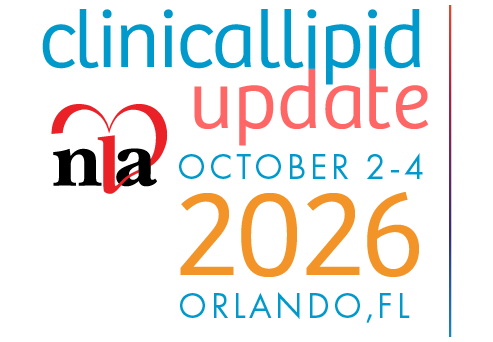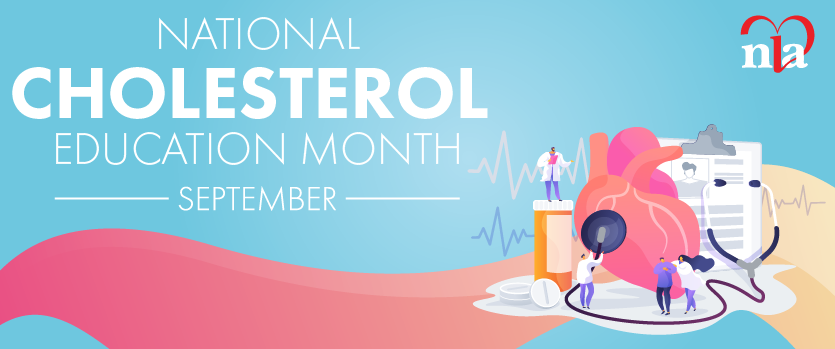Some patients refuse statin therapy or cannot tolerate its side effects. Many of these patients seek alternative therapies, including red yeast rice (RYR), a widely available herbal supplement made by culturing a yeast, Monascus purpureus, on rice. This process produces 14 monacolins, compounds that inhibit HMG- CoA reductase, the rate-limiting step in hepatic cholesterol synthesis.1 One of the monacolins produced is monacolin K, which is chemically identical to lovastatin.
We began our research on RYR a decade ago, after we heard anecdotes from patients about its efficacy and tolerability. Patients who previously had been prescribed statins had, on their own, started taking RYR and seemed to tolerate it well while lowering their low-density lipoprotein cholesterol (LDL-C) to goal levels. Rather than dismiss this supplement as naturopathic “snake oil,” we decided to perform randomized, double-blinded, placebo-controlled trials to formally evaluate its efficacy and safety. A decade after renewed interest in this product, we provide a brief overview of its use, especially in patients who cannot tolerate or refuse statin therapy. We also summarize regulatory and safety issues that continue to make the use of RYR controversial for both practitioners and patients.
Several clinical trials have documented RYR’s efficacy in lowering total cholesterol, LDL-C, and triglycerides.2-4 A recent meta- analysis found that RYR lowered LDL-C an average of 21 to 30 percent, depending on dose and formulation used.5 One secondary prevention trial found significantly fewer deaths, revascularizations, and cardiac events in 4,870 Chinese patients with average LDL-C and a history of myocardial infarction who were randomized to RYR versus placebo.6
 Red yeast rice may be a useful adjunct to diet and exercise in patients who prefer not to take statin therapy,3 but it also may have a much bigger role for patients who develop statin-associated myalgias (SAMs). The incidence of SAMs may be as high as 15 percent,7,8 and may affect approximately 1.3 million people in the U.S.9 There is no consensus on optimal therapy for patients with SAM, but there are many approaches for treating hyperlipidemia in this population (Table 1). There has been increased interest in SAM with the introduction of proprotein convertase subtilisin/kexin type 9 (PCSK-9) inhibitors into clinical practice. The Goal Achievement After Utilizing an Anti-PCSK9 Antibody in Statin Intolerant Subjects 3 (GAUSS-3) trial recently examined the use of evolocumab in this population and suggested that these agents may present an effective, albeit expensive, alternative treatment for SAM in the future.10 The most recent American College of Cardiology/American Heart Association (ACC/AHA) Guidelines state that “it is reasonable to use non-statin cholesterol-lowering drugs that have been shown to reduce ASCVD events in (randomized controlled trials) if the ASCVD risk- reduction benefits outweigh the potential for adverse effects.”11
Red yeast rice may be a useful adjunct to diet and exercise in patients who prefer not to take statin therapy,3 but it also may have a much bigger role for patients who develop statin-associated myalgias (SAMs). The incidence of SAMs may be as high as 15 percent,7,8 and may affect approximately 1.3 million people in the U.S.9 There is no consensus on optimal therapy for patients with SAM, but there are many approaches for treating hyperlipidemia in this population (Table 1). There has been increased interest in SAM with the introduction of proprotein convertase subtilisin/kexin type 9 (PCSK-9) inhibitors into clinical practice. The Goal Achievement After Utilizing an Anti-PCSK9 Antibody in Statin Intolerant Subjects 3 (GAUSS-3) trial recently examined the use of evolocumab in this population and suggested that these agents may present an effective, albeit expensive, alternative treatment for SAM in the future.10 The most recent American College of Cardiology/American Heart Association (ACC/AHA) Guidelines state that “it is reasonable to use non-statin cholesterol-lowering drugs that have been shown to reduce ASCVD events in (randomized controlled trials) if the ASCVD risk- reduction benefits outweigh the potential for adverse effects.”11
We conducted three trials to evaluate RYR for patients with SAMs. The first examined 62 statin-intolerant patients with an average LDL-C of 164 mg/dL.2 All were enrolled in a 12-week lifestyle modification program and randomized to RYR, 1,800 mg twice daily (Sylvan Bioproducts, Kittaning, PA) or placebo for six months. Mean percentage change in LDL-C in the RYR group was -27.3 percent at week 12 and -21.3 percent at week 24 with significant decreases in LDL-C in the RYR compared with the placebo group at week 12 (P <0.001) and week 24 (P = 0.011). Adverse events were similar, with no difference in incidence of myalgias.
Another study enrolled 43 patients with SAMs and randomized them to RYR, 2,400 mg twice daily (Sylvan Bioproducts, Kittaning, PA) or pravastatin, 20 mg/d for 12 weeks, in addition to a lifestyle modification program.12 LDL-C levels decreased 30 percent in the RYR group and 27 percent in the pravastatin group, and there were no significant differences between groups in other serum lipid levels. There were also no differences in incidence of myalgias (P = 0.99).
The third trial evaluated the combination of RYR and phytosterols in 187 patients with statin-intolerance or statin refusal.13 All patients took RYR, 1,800 mg twice daily, (Sylvan Bioproducts, Kittaning, PA) and mean LDL-C decreased from 150 mg/ dL at baseline to 111 mg/dL at week 12, 110 mg/dL at week 24, and 113 mg/dL at week 52 (all P<0.001). Four participants experienced myalgias necessitating cessation of RYR, with no objective evidence of myositis.
A fourth study, published by Paul Thompson, et al., was a retrospective analysis of 1,400 charts of patients with a history of statin intolerance.14 The authors found 17 patients with a history of SAMs who were treated with RYR for at least four weeks. In those patients, LDL-C decreased 19 percent and 15/17 tolerated the treatment with no adverse effects.
Most studies noted similar rates of adverse events between RYR and placebo2,3,6,13 in a population intolerant of statins. Participants in RYR studies took the equivalent of only 5 mg/d to 6 mg/d of lovastatin, with resultant LDL-C reductions of 25 to 40 percent, equivalent to reductions seen with 20 mg/d to 40 mg/d of lovastatin in other trials.15 Red yeast rice’s potency is likely explained by the presence of monacolins other than monacolin K that may act synergistically to inhibit HMG-CoA reductase. Red yeast rice also contains fiber, sterols, isoflavones, isoflavone glycosides, and monounsaturated fatty acids, all of which also may contribute to its lipid-lowering effects.4
Unfortunately, the major criticism of RYR is its status as an unregulated, over-the- counter supplement and there remain valid concerns about efficacy and safety. In 2010, we found that 12 widely available RYR products had marked variability of monacolin content,16 corroborating similar results published by Heber, et al. almost a decade earlier.17 Up to 80 percent of RYR products may contain citrinin, a potentially nephrotoxic mycotoxin produced by several yeast species.17,18 Because of these issues, there are no reliable methods for physicians and patients to know the true content of commercial RYR products. Red yeast rice has been reported to have serious side effects, including myopathy,19-24 rhabdomyolysis,25 hepatoxicity,26 and anaphylaxis.27
So the question remains: Should doctors recommend RYR to their patients? In our practice, we advocate a trial of RYR for patients who refuse statins or prefer a “natural” approach to pharmacotherapy, and for patients with a history of statin- associated myalgias, and we provide close monitoring and follow-up. Until there is improved regulation and standardization of RYR, its use will remain controversial, and physicians should remain cautious in recommending this promising and popular alternative therapy for hyperlipidemia.
Disclosure statement: Dr. Gordon has received honorarium as a Medical Advisory Board Member for Regeneron. Dr. Becker is a consultant for Nutrasource Diagnostics Inc.
References are listed on page 47 of the PDF.






.jpg)
.png)












